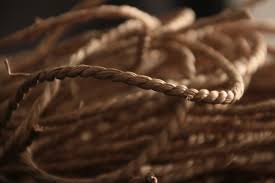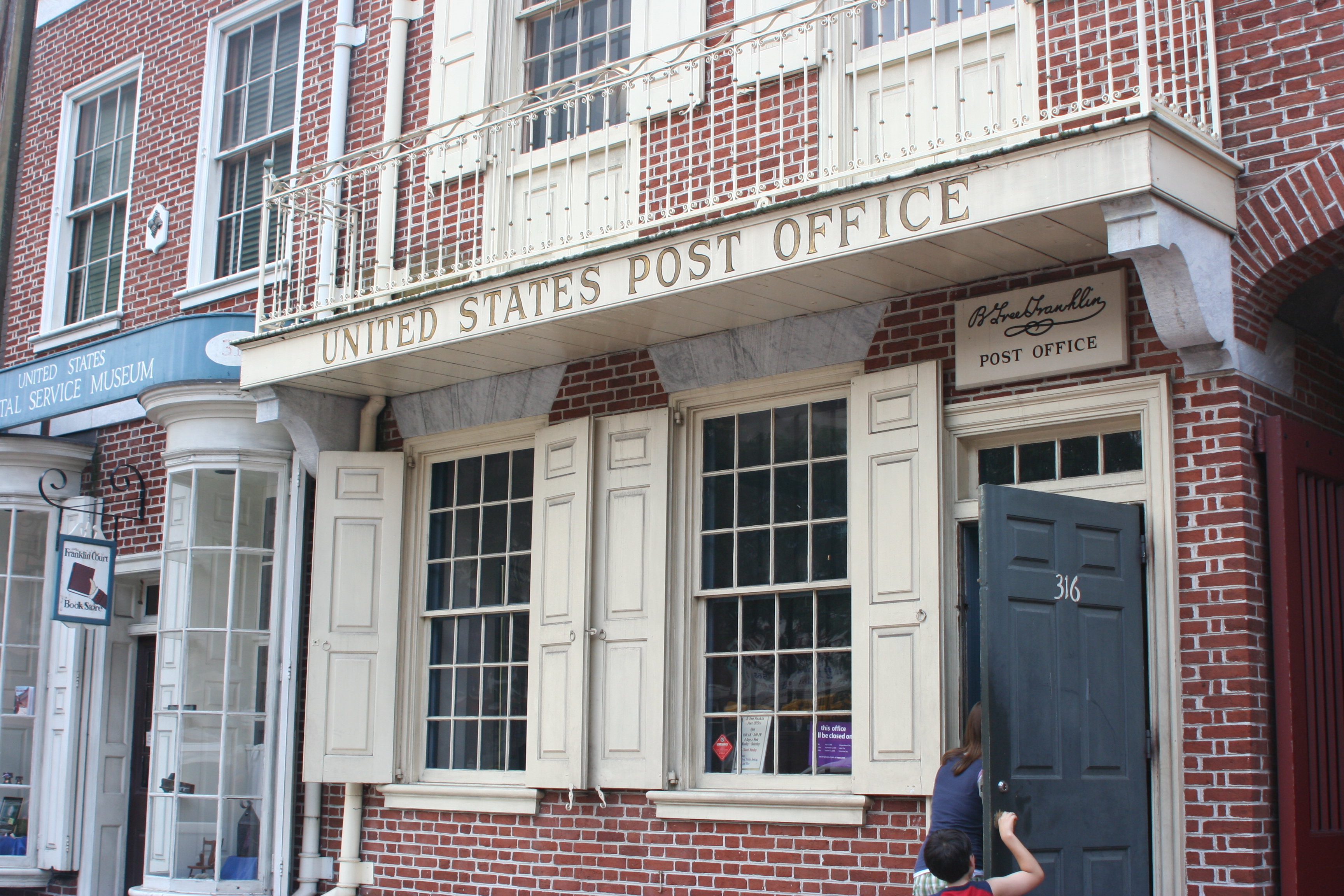The Skeletal System
 |
| https://upload.wikimedia.org/wikipedia/commons/b/b1/701_Axial_Skeleton-01.jpg |
Basics
Function:
Your skeletal system allows your body to move as well as protects your vital organs such as your heart, lungs, and brain. And though the main function of the skeletal system is to support, give shape, protect, and help your body move, it also creates red and white blood cells within your bone marrow (the inside of your bone). In addition to that, the skeletal system works closely with your muscular system to help you move. Without it, organisms would just be blobs of tissue.
Organs:
There are 4 major organs in the skeletal system: Bones, Ligaments and Joints, Tendons, and Cartilage.
BONES: Bones are the organs that give your body shape, protection, support, as well as create blood cells. There are 206 bones in a fully developed human body. They are extremely hard.
LIGAMENTS & JOINTS: The second organ would be your ligaments and joints. Your bones are attached together by your ligaments, forming joints. Your joints allow your bones to move in certain directions to a certain extent creating the movements of your body.
TENDONS: The third organ is your tendons. Tendons are similar to ligaments. Instead of connecting bones to bones, they connect your bones to your muscles allowing you to move. Their flexibility is what allows you to do things like running and walking.
CARTILAGE: The fourth and final major organ in the skeletal system is called cartilage. Cartilage is soft and flexible connective tissue. In addition to forming the shape of human ears noses and other organs, it also prevents the forces of friction from corroding the bones.
Interactions With Other Systems
The skeletal system mainly works with two other systems: the muscular and circulatory.
Muscular System
The nervous system tells your muscles (muscular system) to move moving your bones which move your body. Moving your muscles moves your bones because of your tendons which connect the two together. Without your muscles, you wouldn't be able to move! Your bones aren't making you move, your muscles are by moving your bones.
Circulatory System
Now, let's talk about how the skeletal system works and interacts with the circulatory. Like I said earlier, the bones withing the skeletal system also creates white and red blood cells. Those blood cells get transported or circulated throughout your body by your circulatory system.
Analogy: Tendons Are Like Ropes
 |
| https://encrypted-tbn0.gstatic.com/images?q=tbn:ANd9GcRyUCpjG9ystLhkn4MsDyVWdrBl8xZrFgTFoW_dLTVcnyVEiUpmcA |
Tendons are like ropes because:
- ropes are made out of long fibers braided together. Just like ropes, tendons are made out of long pieces of collagen fibers running parallel.
- the function of both ropes and tendons are to connect and hold things together.
- ropes are extremely strong as well as flexible. In addition to being able to hold tons of pounds, ropes are slightly stretchy and can be bent in any direction.
Ropes share many similar physical properties with tendons as well as have similar jobs despite being how tendons are found inside organisms.
Structure and Function: Tendons
The main function of the tendon is to connect your muscle to your bones allowing you to move. In order to be able to do so, they have to have specific physical traits.
- The tendon is made out of parallel collagen fibers running from one end to another. These fibers make the tendon remarkably tough and strong. A tendon need to be tough because it is constantly being stretched. If a tendon was weak and easy to break, then your movements would be painful and you would be extremely prone to injury.
- However, being strong isn't enough. A tendon is also flexible. If it was just a tough band, your movements would be strained and limited. Their along with your ligament's flexibility is what allows you to be able to move in a wide range of motions.
Sources:
http://www.biology4kids.com/files/systems_skeletal.html
http://www.newhealthadvisor.com/Skeletal-System-Organs.html
https://medlineplus.gov/ency/imagepages/19089.htm
https://www.britannica.com/science/tendon












